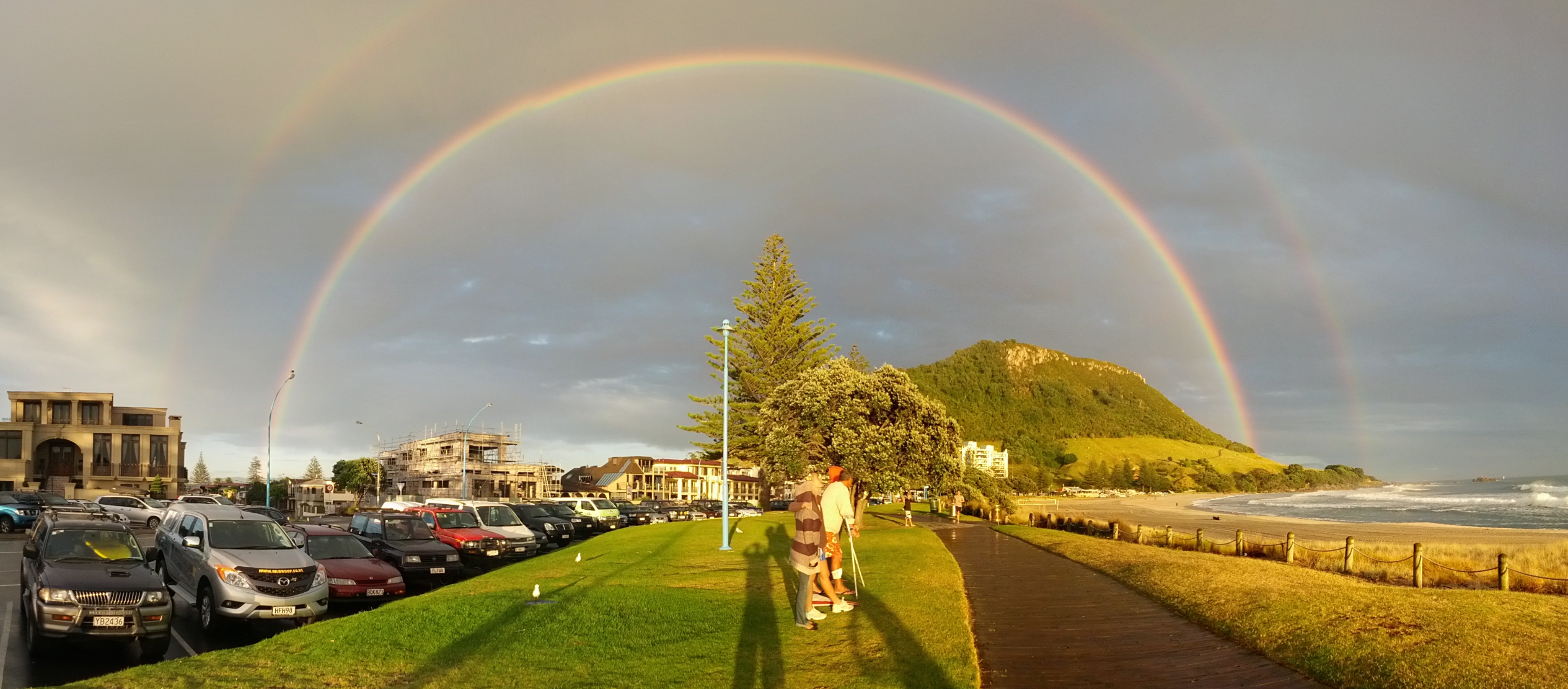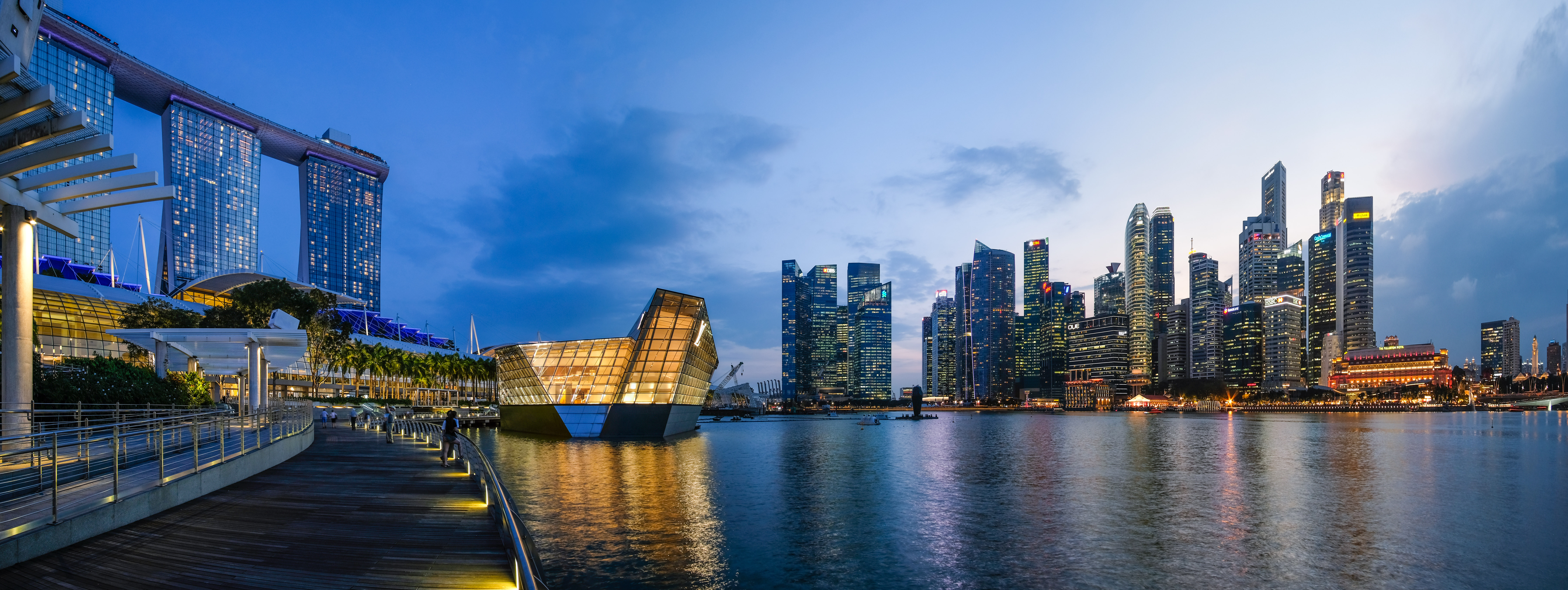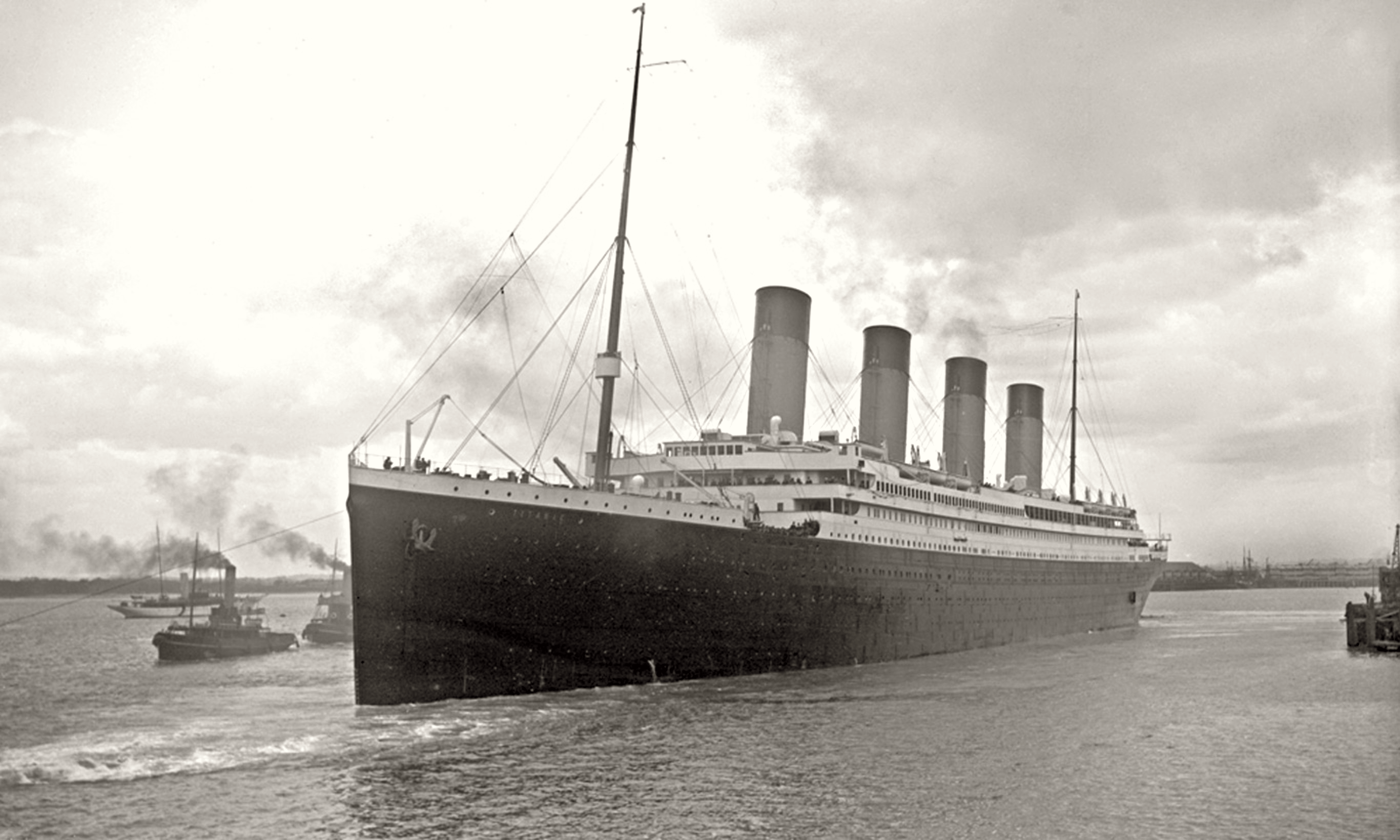12 Shocking Movie Set Secrets Hollywood Doesn't Want You To Know
In the glitzy world of Hollywood, what we see on screen is often just the tip of the iceberg. Behind the scenes, a complex and intricate web of strategies and techniques are employed to create the seamless magic that captivates audiences worldwide. These strategies are closely guarded secrets, honed over decades of filmmaking, to ensure the final product is nothing short of spectacular. From the illusion of vast landscapes to the subtle nuances of lighting, each element is meticulously crafted to serve the narrative. In this article, we delve into 12 mind-blowing movie set strategies that Hollywood keeps under wraps, revealing the artistry and innovation that drive the film industry. Let's get started!
1. The Art of Forced Perspective
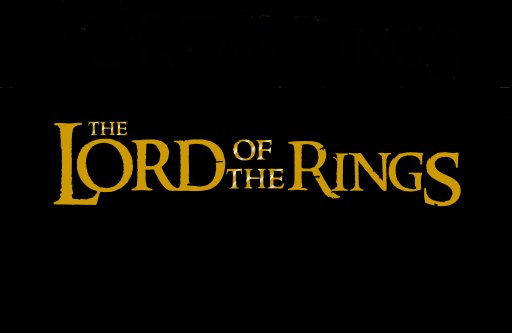
Forced perspective is a technique that manipulates human visual perception through the strategic arrangement of objects and camera angles. This strategy is widely used to make objects appear larger or smaller than they actually are, creating illusions that enhance storytelling. For instance, in "The Lord of the Rings" trilogy, filmmakers used forced perspective to depict characters of varying sizes interacting in the same space. By carefully positioning actors and props, they achieved the illusion of hobbits being significantly smaller than humans. This technique not only saved on CGI costs but also maintained a sense of realism that resonated with audiences.
2. The Magic of Miniatures

Miniature models have been a staple in filmmaking for decades, offering a cost-effective and visually stunning way to create expansive environments. These intricately detailed models are used to depict everything from cityscapes to spacecraft, allowing filmmakers to capture scenes that would be impossible or prohibitively expensive to film in real life. Movies like "Blade Runner" and "Inception" have utilized miniatures to create breathtaking visuals that blend seamlessly with live-action footage. The craftsmanship involved in building these models is a testament to the artistry behind the scenes, where every tiny detail contributes to the overall illusion.
3. Practical Effects: The Real Deal
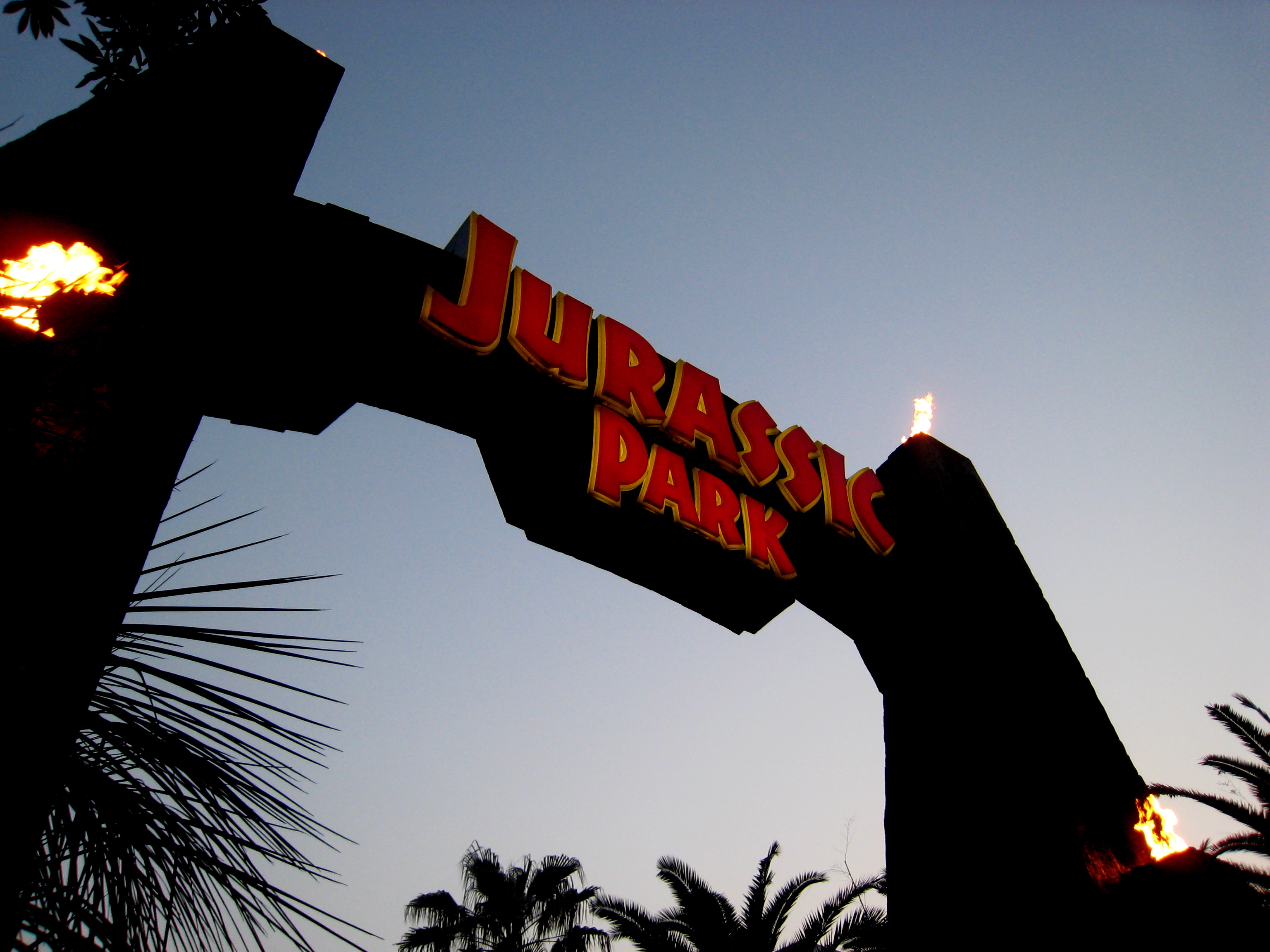
While CGI has revolutionized the film industry, practical effects remain a cornerstone of movie magic. Practical effects involve using real, tangible elements to create on-screen phenomena, from explosions to weather conditions. This strategy adds a layer of authenticity that digital effects often struggle to replicate. Films like "Mad Max: Fury Road" and "Jurassic Park" have become iconic for their use of practical effects, which engage audiences by providing a visceral, tangible experience. The dedication to practical effects reflects a commitment to realism and craftsmanship that continues to captivate viewers.
4. The Choreography of Chaos
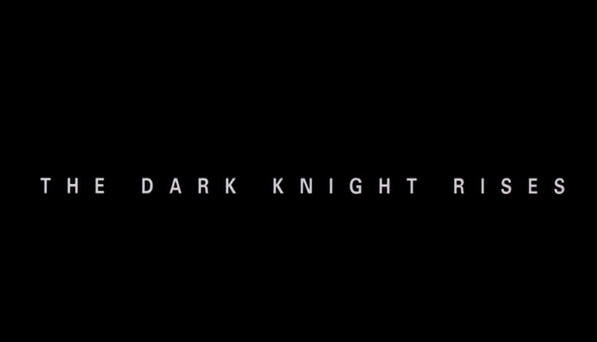
Creating chaos on screen requires meticulous planning and coordination, often involving hundreds of crew members and extras. The choreography of chaos is a strategy used to orchestrate large-scale scenes, such as battles or disasters, ensuring that every element is precisely timed and executed. This involves detailed pre-visualization, rehearsals, and the use of stunt coordinators to manage complex sequences safely. Films like "Saving Private Ryan" and "The Dark Knight" showcase the power of this strategy, where seemingly spontaneous chaos is in fact a carefully controlled ballet of movement and action.
5. The Power of Lighting
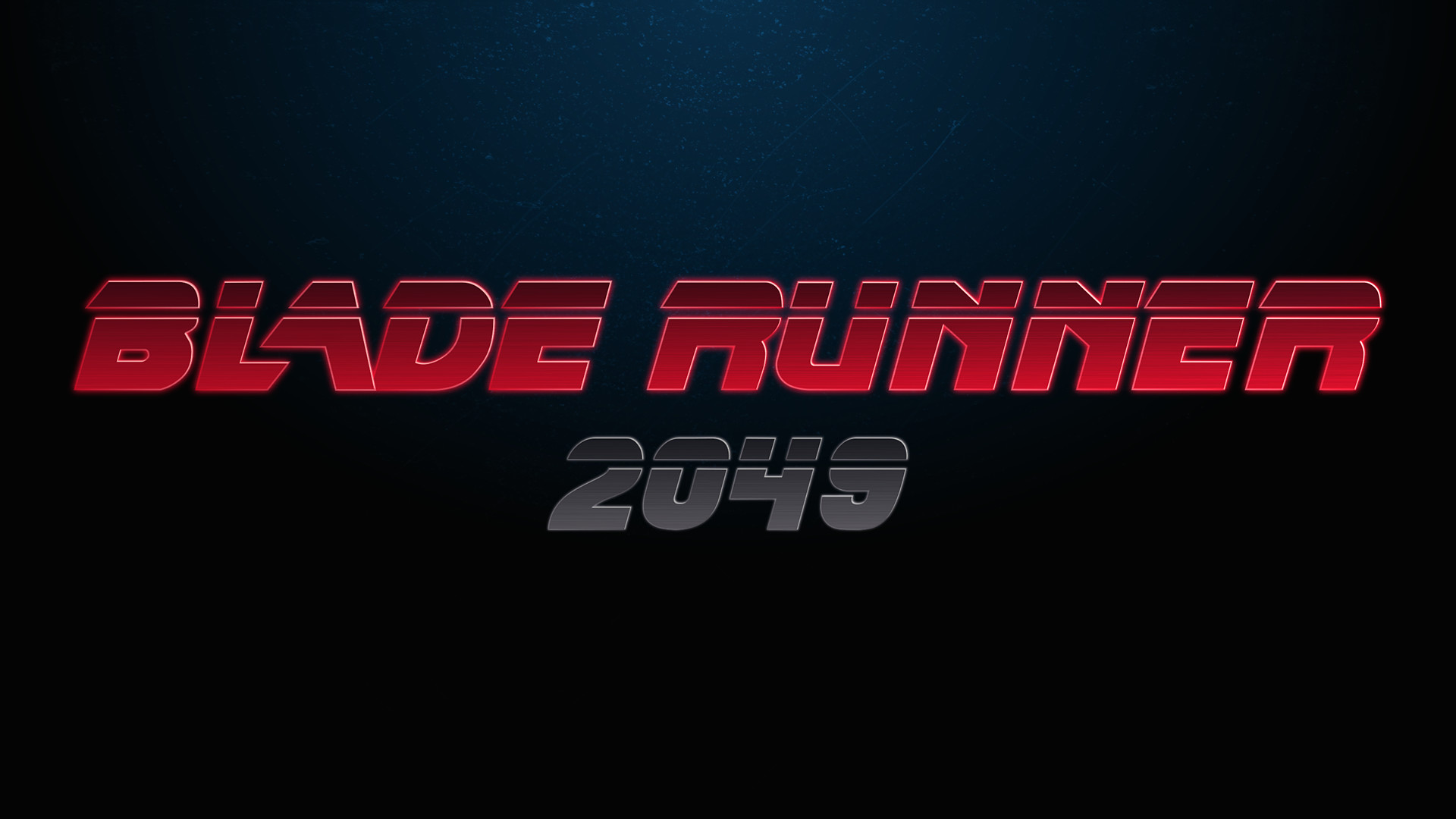
Lighting is a critical component of filmmaking, used to set the mood, highlight characters, and convey emotions. Hollywood employs advanced lighting techniques to create specific atmospheres and direct the viewer's focus. Techniques such as chiaroscuro, which uses stark contrasts between light and shadow, are employed to add depth and drama to scenes. The strategic use of color gels and filters further enhances the visual storytelling, as seen in films like "Blade Runner 2049," where lighting plays a pivotal role in establishing the film's dystopian aesthetic. Mastery of lighting is a testament to the skill and creativity of cinematographers, who wield it as a powerful narrative tool.
6. Soundscapes: The Invisible Set
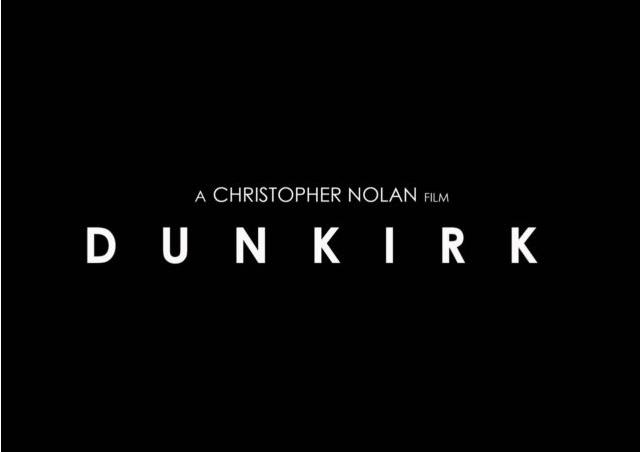
Sound design is an often overlooked but essential aspect of filmmaking, creating an auditory environment that complements the visual narrative. Hollywood sound designers use a variety of techniques to craft immersive soundscapes, from recording natural sounds to creating synthetic effects. The use of Foley artists, who reproduce everyday sounds in post-production, adds a layer of realism that enhances the viewer's experience. Films like "A Quiet Place" and "Dunkirk" demonstrate the impact of sound design, where the absence or presence of sound becomes a crucial element of the story. The art of sound design is a testament to the power of auditory storytelling, shaping the audience's perception and emotional response.
7. The Role of Set Design
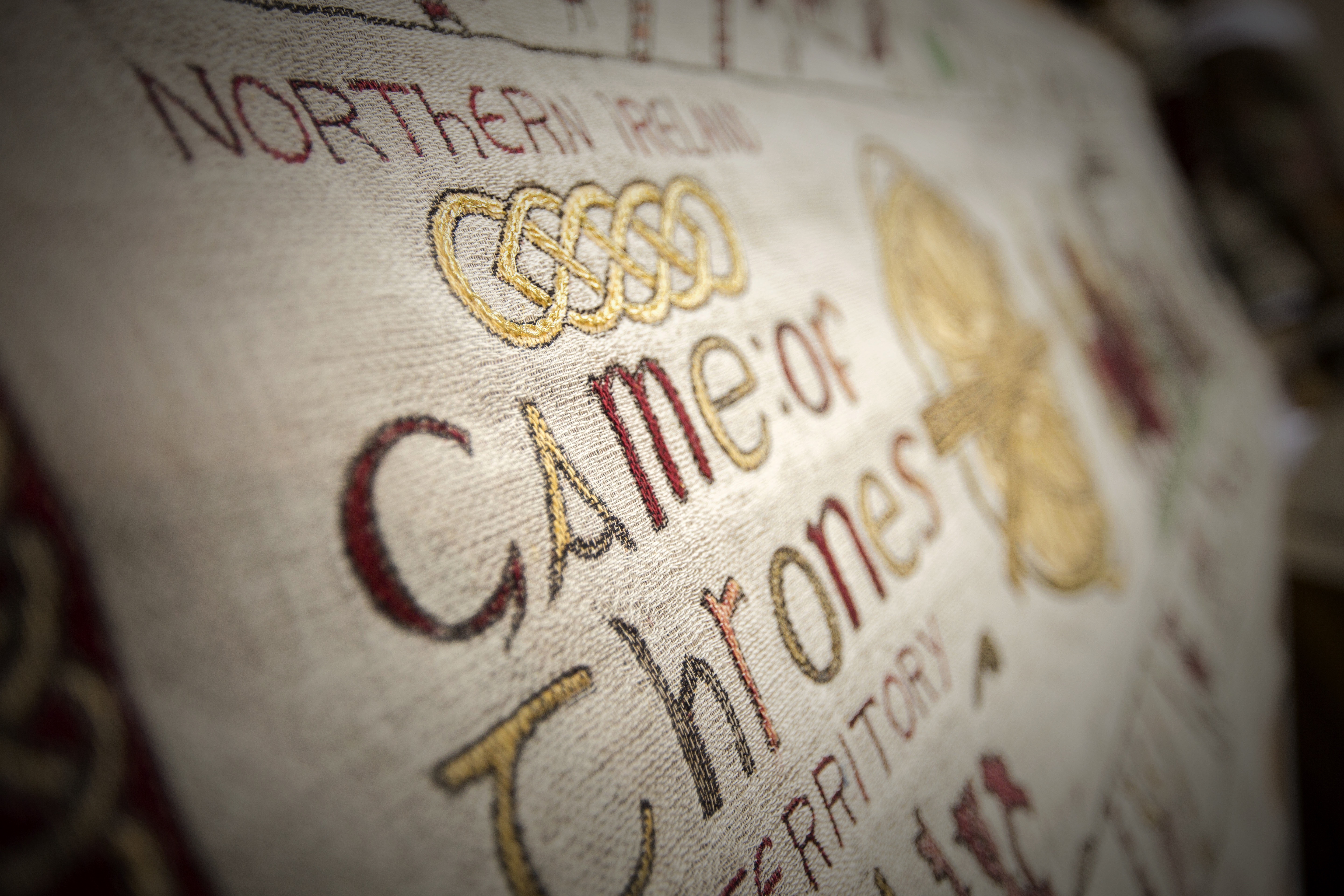
Set design is a fundamental aspect of filmmaking, providing the physical environment in which the story unfolds. Hollywood set designers employ a range of strategies to create believable and immersive worlds, from constructing elaborate sets to repurposing existing locations. The use of digital set extensions, where CGI is used to enhance physical sets, allows for the creation of expansive environments that would be impossible to build in reality. Films like "Harry Potter" and "Game of Thrones" showcase the power of set design, where every detail is carefully considered to transport audiences to fantastical realms. The artistry of set design lies in its ability to blend seamlessly with the narrative, enhancing the story without overshadowing it.
8. Costume and Makeup: Transformative Art
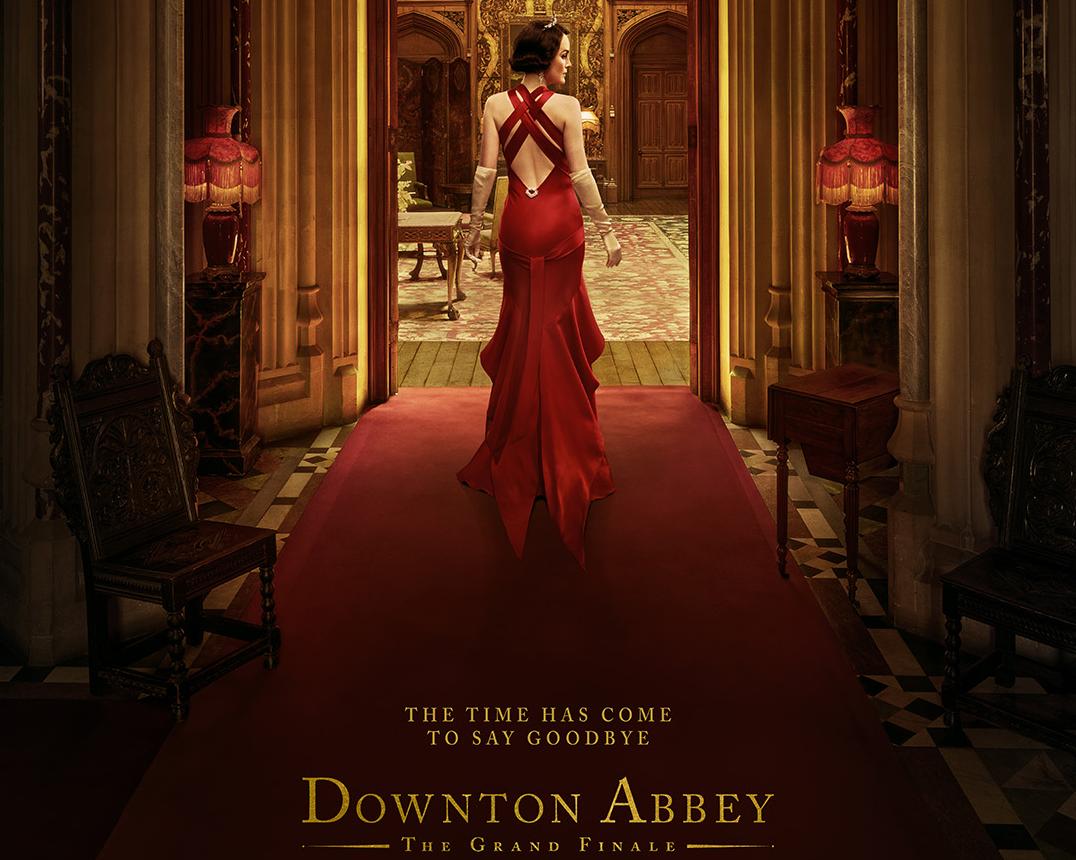
Costume and makeup are essential elements of character development, providing visual cues about a character's personality, status, and journey. Hollywood employs expert costume designers and makeup artists to create transformative looks that bring characters to life. From the intricate period costumes of "Downton Abbey" to the fantastical designs of "The Lord of the Rings," costume and makeup play a crucial role in storytelling. The use of prosthetics and special effects makeup further enhances the transformation, allowing actors to embody a wide range of characters, from aliens to historical figures. This transformative art is a testament to the creativity and skill of the artists behind the scenes, who use their craft to enhance the narrative.
9. The Illusion of Time
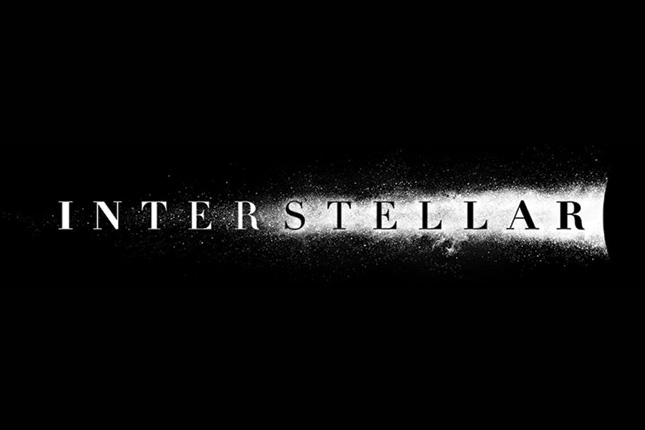
Manipulating the perception of time is a powerful storytelling tool, allowing filmmakers to convey the passage of time, flashbacks, or slow-motion sequences. Hollywood uses a variety of techniques to create the illusion of time, from editing and pacing to visual effects. The use of time-lapse photography, where a series of images are captured over a period of time and played back at high speed, allows filmmakers to depict the passage of time in a visually engaging way. Films like "Inception" and "Interstellar" explore the concept of time in innovative ways, using it as a central theme to drive the narrative. The manipulation of time is a testament to the creativity and ingenuity of filmmakers, who use it to enhance storytelling and engage audiences.
10. The Subtle Art of Continuity

Continuity is a crucial aspect of filmmaking, ensuring that the visual and narrative elements of a film remain consistent throughout. Hollywood employs script supervisors to meticulously track every detail, from the position of props to the sequence of events, to maintain continuity. This attention to detail ensures that the audience remains immersed in the story, without being distracted by inconsistencies. The art of continuity is particularly challenging in films with complex narratives or non-linear storytelling, where maintaining consistency requires careful planning and coordination. The dedication to continuity is a testament to the professionalism and expertise of the filmmakers, who strive to create a seamless viewing experience.
11. The Psychology of Color
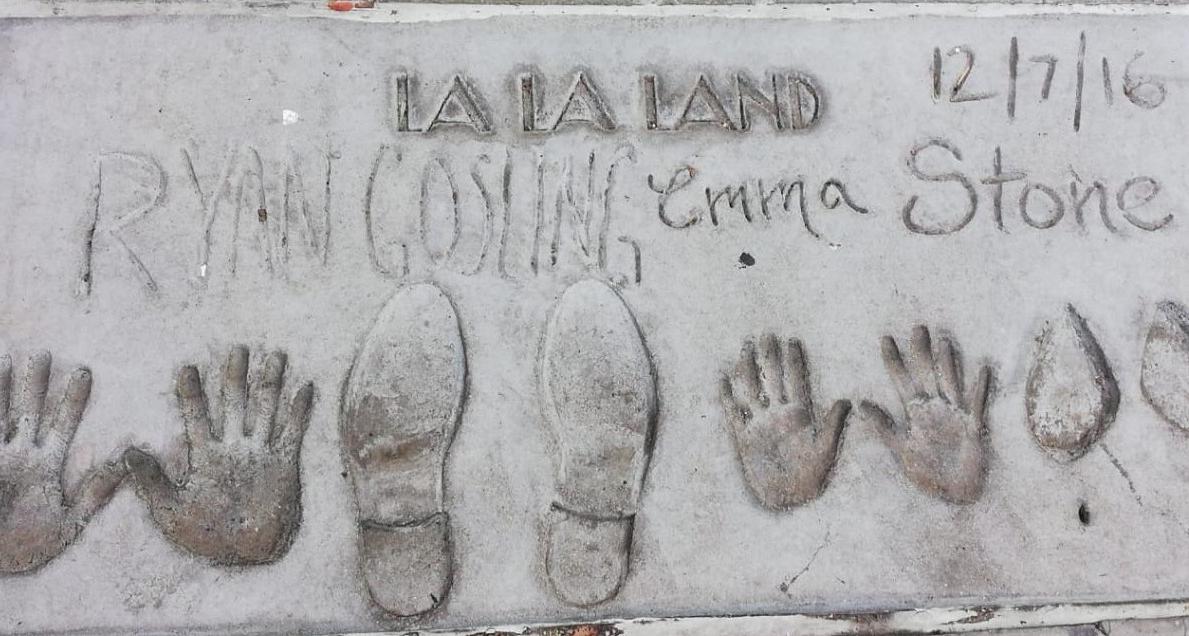
Color is a powerful tool in filmmaking, used to evoke emotions, convey themes, and enhance storytelling. Hollywood employs color theory to create visually striking and emotionally resonant films, using color palettes to reflect the mood and tone of the narrative. The use of color grading in post-production allows filmmakers to manipulate the colors of a scene, enhancing the visual impact. Films like "The Grand Budapest Hotel" and "La La Land" showcase the power of color, where vibrant palettes become an integral part of the storytelling. The psychology of color is a testament to the artistry and creativity of filmmakers, who use it to engage audiences on a deeper emotional level.
12. The Craft of Editing
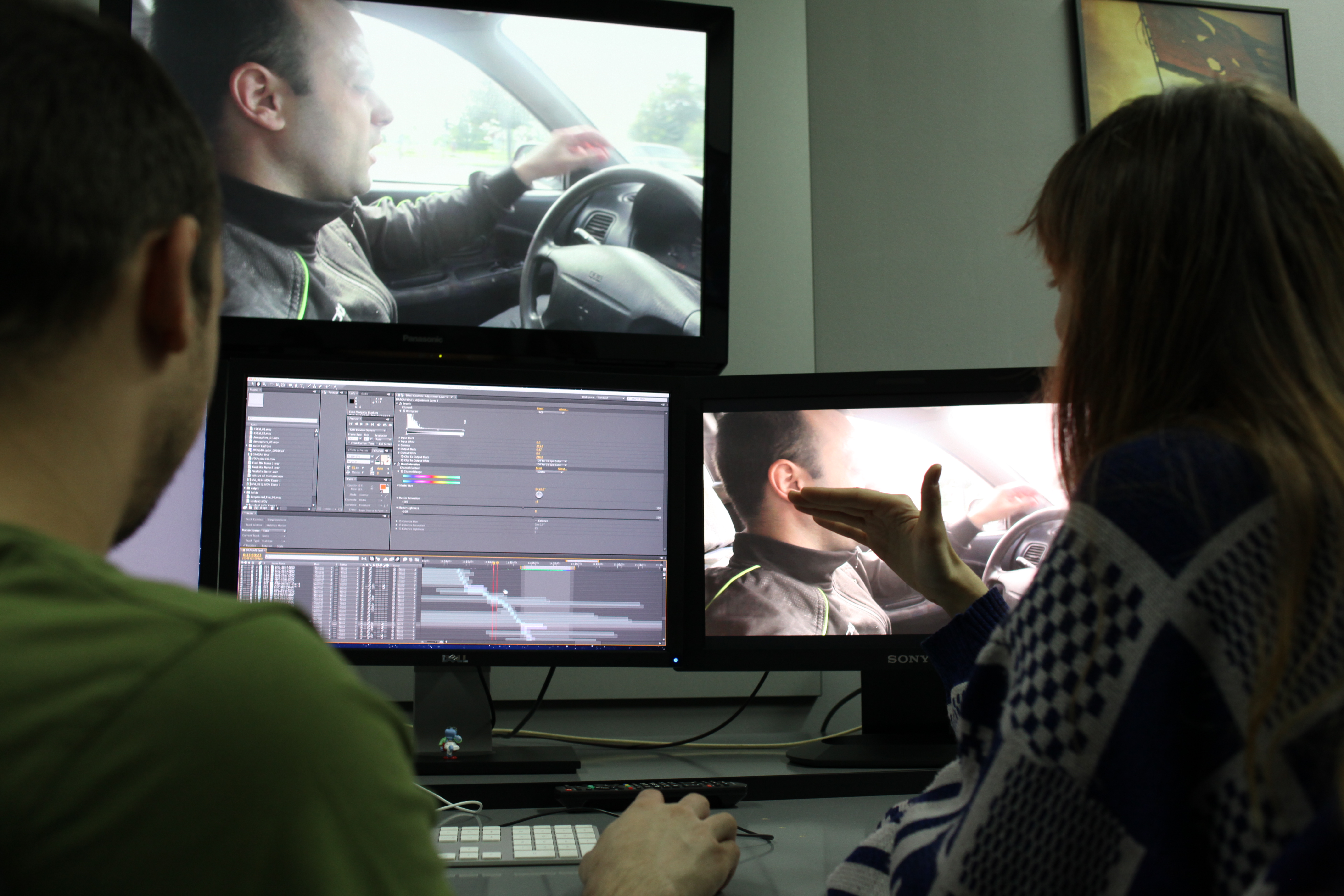
Editing is the invisible art of filmmaking, shaping the narrative by selecting and arranging shots to create a cohesive story. Hollywood editors employ a range of techniques to enhance storytelling, from cutting on action to creating montages. The use of cross-cutting, where two or more scenes are intercut to create tension or highlight parallels, is a powerful tool in the editor's arsenal. Films like "Pulp Fiction" and "The Godfather" showcase the impact of editing, where the rhythm and pacing of the film are carefully crafted to engage the audience. The craft of editing is a testament to the skill and creativity of editors, who use their expertise to shape the narrative and enhance the storytelling.
The world of Hollywood filmmaking is a complex tapestry of artistry, innovation, and collaboration. The strategies and techniques employed behind the scenes are carefully crafted to create the seamless magic that captivates audiences worldwide. From the manipulation of perspective to the artistry of sound design, each element plays a crucial role in bringing stories to life. The twelve mind-blowing movie set strategies explored in this article reveal the hidden world of filmmaking, where creativity and craftsmanship come together to create unforgettable cinematic experiences. As we pull back the curtain on these closely guarded secrets, we gain a deeper appreciation for the artistry and innovation that drive the film industry, reminding us of the magic that lies behind the scenes.
